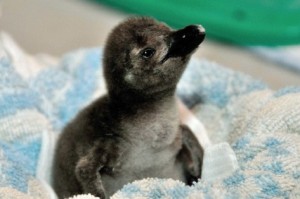Civic Issues:
For my civic issues blogs, I chose to discuss sustainability because I am very passionate about this topic. I think that the Earth is truly our most precious resource. Too many people live their everyday lives without even noticing the effects humans have on the planet. It is almost scary to think that some individuals don’t realize that we depend on the earth for literally everything we need, and if it is damaged beyond repair, the human race will cease to exist. It is therefore hugely important for us to stop the actions that harm our planet and instead work to live more cohesively with the natural elements of Planet Earth.
Passion Blog:
I chose to write about Meerkats mostly because I think they’re such a cool animal. I remember watching Meerkat Manor on PBS when I was younger, and I was always so amazed at how smart and cooperative the little critters were.
Owls have, for centuries, represented wisdom. The majestic creatures are found worldwide, and their brilliance is something I have always admired.
“Peacock” is actually not a breed of animal – the word only describes male Peafowl. Females look completely different from the common image of the bird, but the male’s vibrant array of colors is what give’s it so much attention. I always love a bit of drama, so it’s no surprise that this bird is one of my favorite!
You Think I’m Cute?! Get Otter Here!
As I wrote my passion blogs, I realized my love of animals may in fact be due to the amount of children’s shows with animal characters. Otters were HUGELY present in one of my favorite children’s shows, PB&J Otter. The real-life otters are just as cool as the pack of cartoon otters who lived on a boat.
Who doesn’t get chills watching a lion with a huge mane let out a roar? I know I do. Plus, female lions pretty much rule everything in the wild, and I can’t think of anything better than Female Domination.
When I was little, I went snorkeling in the open waters near Turks and Caicos, and I was instantly calmed when I saw a huge Sea Turtle smiling at me. Ever since, I’ve been in love with all things turtles. And, as one of the longest living animals (some up to 150 years) it’s pretty cool to realize that tortoises will probably see way more decades than most humans.




